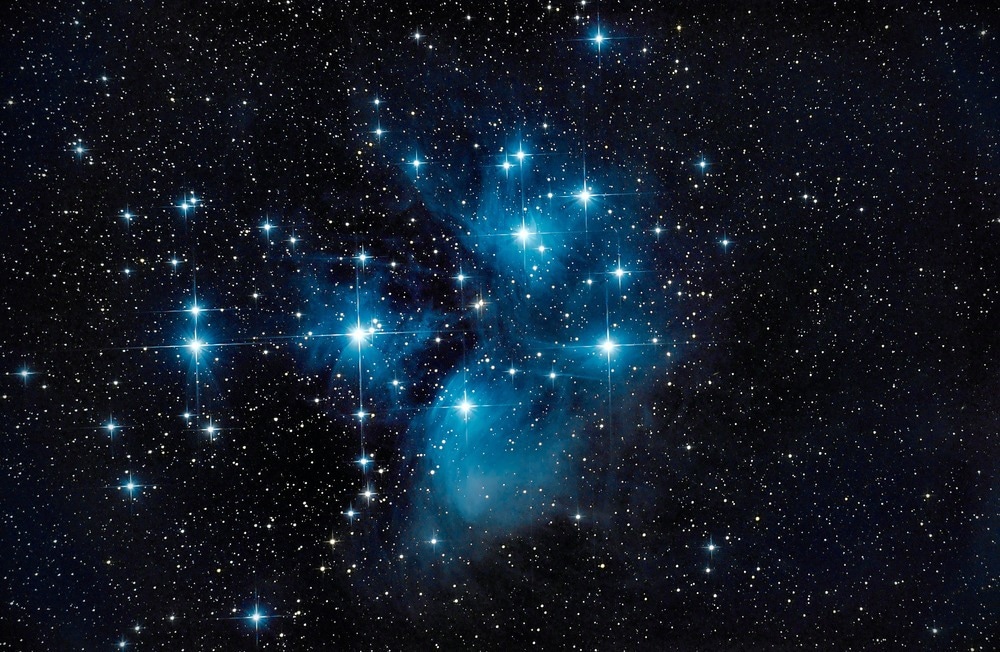As of yet, only binary systems—the merging of two black holes, two neutron stars, or one of each—have produced gravitational waves. Although gravitational waves from a single, non-binary source should theoretically be detectable, astrophysicists have not yet seen these elusive signals.

Image Credit: Alexandru Canpan/Shutterstock.com
The tumultuous, energetic cocoons of material that encircle dying giant stars are a novel, surprising, and completely uncharted area, according to researchers from Northwestern University.
Scientists have demonstrated that these cocoons are capable of emitting gravitational waves for the first time ever using cutting-edge simulations. Additionally, gravity waves from cocoons should fall within the range of frequencies that the Laser Interferometer Gravity-Wave Observatory (LIGO) can detect, unlike gamma-ray burst jets.
As of today, LIGO has only detected gravitational waves from binary systems, but one day it will detect the first non-binary source of gravitational waves. Cocoons are one of the first places we should look to for this type of source.
Ore Gottlieb, Study Lead, Rothschild Fellow, CIERA Postdoctoral Fellow, Northwestern University
At the American Astronomical Society’s 242nd conference, Gottlieb gave a virtual news briefing on this discovery on June 5th, 2023.
At Northwestern University’s Center for Interdisciplinary Exploration and Research in Astrophysics (CIERA), Gottlieb is a CIERA Fellow. Professors Vicky Kalogera and Alexander Tchekovskoy, postdoctoral fellows Sharan Banagiri and Jonatan Jacquemin-Ide, and graduate student Nick Kaaz are all co-authors of the study from Northwestern.
New Source was “Impossible to Ignore”
Gottlieb and his associates employed brand-new, cutting-edge simulations to mimic the fall of a huge star for the study. Strong jets of particles moving at close to the speed of light can be produced when huge stars collapse into black holes.
This process—from the moment the star collapses into a black hole until the jet escapes—was represented in Gottlieb’s simulations.
He was first interested in determining if the accretion disk that surrounds a black hole could produce gravitational waves that could be detected. But his data continued revealing unexpected results.
Gottlieb added, “When I calculated the gravitational waves from the vicinity of the black hole, I found another source disrupting my calculations—the cocoon. I tried to ignore it. But I found it was impossible to ignore. Then I realized the cocoon was an interesting gravitational wave source.”
A bubble, or “cocoon,” develops around the jet when it collides with the falling layers of the dying star. In turbulent environments called cocoons, hot gases and debris mix randomly and spread out from the jet in all directions.
According to Gottlieb, when the energetic bubble accelerates from the jet, it messes with space-time and causes gravitational waves to ripple.
“A jet starts deep inside of a star and then drills its way out to escape. It’s like when you drill a hole into a wall. The spinning drill bit hits the wall and debris spills out of the wall. The drill bit gives that material energy. Similarly, the jet punches through the star, causing the star’s material to heat up and spill out. This debris forms the hot layers of a cocoon,” Gottlieb further added.
Call to Action to Look at Cocoons
According to Gottlieb, LIGO should be able to find gravitational waves in its next runs if cocoons indeed produce them. Astrophysicists doubt that LIGO might find the single-source gravitational waves that have generally been sought from supernovae or gamma-ray bursts.
Gottlieb pointed out, “Both jets and supernovae are very energetic explosions. But we can only detect gravitational waves from higher frequency, asymmetrical explosions. Supernovae are rather spherical and symmetrical, so spherical explosions do not change the balanced mass distribution in the star to emit gravitational waves. Gamma-ray bursts last dozens of seconds, so the frequency is very small—lower than the frequency band that LIGO is sensitive to.”
Gottlieb suggests that astrophysicists focus on asymmetrical, extremely energetic cocoons as a substitute.
He concluded, “Our study is a call to action to the community to look at cocoons as a source of gravitational waves. We also know cocoons to emit electromagnetic radiation, so they could be multi-messenger events. By studying them, we could learn more about what happens in the innermost part of stars, the properties of jets, and their prevalence in stellar explosions.”
Dying star's cocoon emits gravitational waves
Video Credit: Northwestern University